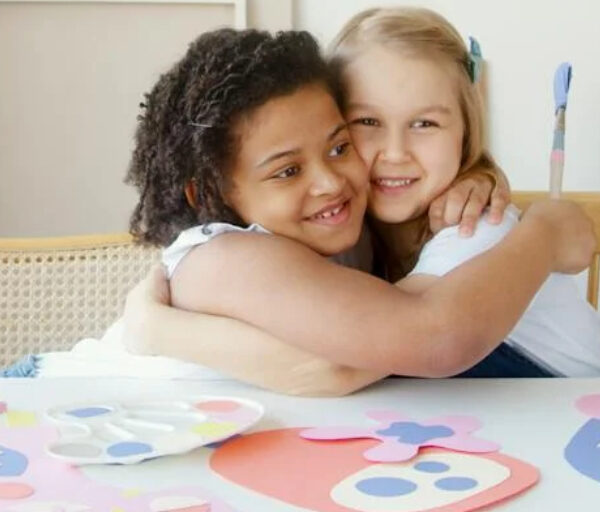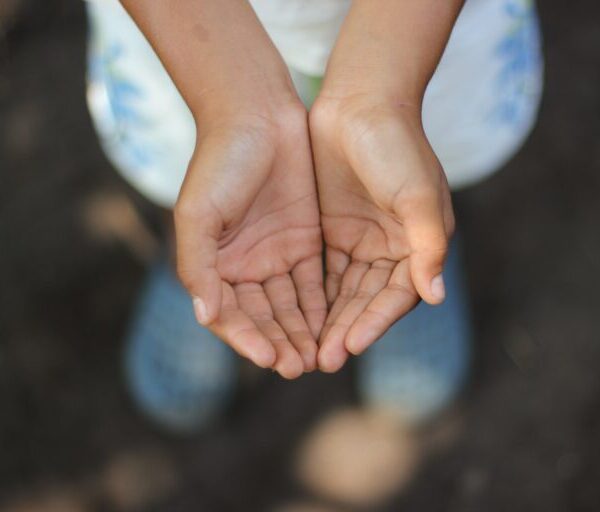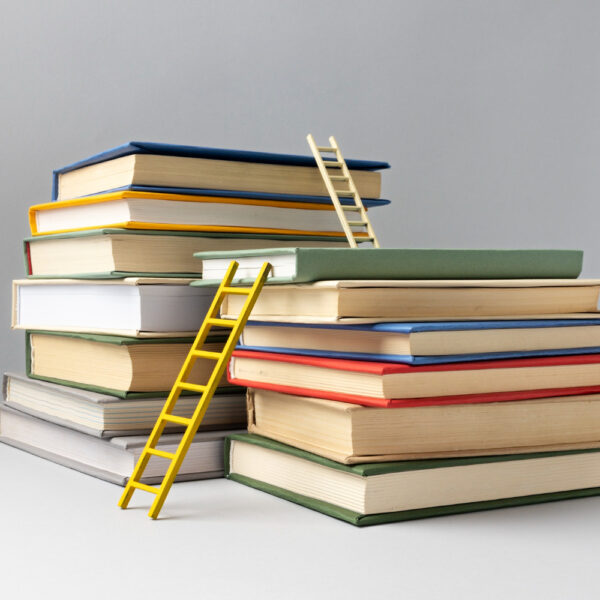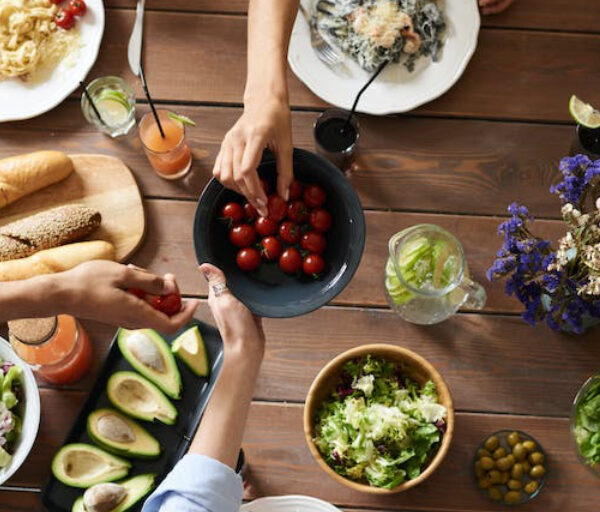The Call to Lead
Over the past 14 weeks, we explored what is required to thrive in The Thriving Essentials Series. And last week, we wrapped up by exploring the quality one must possess in good measure to thrive! You can read more at The One Thing! The Thriving Essentials series was a demanding exploration that inspired me, and I hope it serves you well as you lead others. A key takeaway from our exploration was that communities need great leaders to thrive.
Therefore, today, I am motivated to examine two things we desire and often consider the same. They are leadership and ownership! All around us, everyone seems to want to lead and own! If a friend were to say: I do not desire to own or lead anything, and when I go outside, I do not meet anyone who does either. You would probably place your palm on his forehead for a temperature check. 😊
Unquenchable thirsts
On this green earth that is progressively becoming brown, we humans like to own stuff – a lot of stuff! Think about it: When someone purchases a home, they puff their chest, look everyone in the eye, and with pride, say I am a homeowner. At a social gathering, a potential business associate may stand at akimbo and introduce themselves by saying: A few years ago, I started a company. Today, I lead it!
Candidly, I find such declarations highly amusing. Are they born out of arrogance or a healthy sense of pride? Who knows? Like many of us, I have given a lot of thought to what it means to own something. Specifically, what ownership implies and signifies to the subject and the owner.
A seed is rooted
My fascination with understanding the true meaning of ownership began when I was seven years old. At the time, my parents built a home from the ground up. – They discussed and agreed on what they wanted. Then, my dad designed and drew the architectural plans. – Always keeping my sisters and me abreast. Being a classic daddy’s girl, I never missed an opportunity to tag along when my dad went to home improvement retailers and hardware stores. At such places, he would place orders for cement, rocks, wood, floor tiles, fixtures, and the like! I cherished those trips with my father! Whenever we walked into a store, I stayed close by, and he requested my opinion about everything and often took it! He made me feel like I was more than a child. I felt like I was an owner. Therefore, I felt invested and sometimes gave him money for the home construction. Of course, the amounts were measly, but I wanted to feel like I was a part of it!
When construction was complete, I walked through the garage doors on a sunny 90-degree day in my shorts and T-shirt, grinning from east to west, and ran through all the rooms in the home. Then, jubilated, I looked at my dad and communicated a powerful message with my eyes: Dad, this is ours. We built it, and we own it.
First, a seed. Later, a budding plant.
Let us fast forward many years later! I moved to the United States and was stunned to learn that most people do not design and build their houses from scratch. Furthermore, many homes are on a mortgage. Naturally, this got me thinking about who truly owns these homes. Is it the bank, the home residents, or another entity?
I was more bewildered when I learned about home foreclosures! And I thought: How can property be legally taken from a rightful owner? Could it be that the bank owns the house, and the residents are lending?
Confounded by the mystery, I sought an answer to the question: What determines ownership, and years later, I received an unexpected response.
An inexplicable bond
Being with my mum as we mourned the loss of my wonderful sister, Jessie, helped me to grasp what ownership is and is not. I learned this by understanding the bond between a parent and child.
Jessie was the first child of my parents. When she was born, like many first-time moms, my mum did everything she could to ensure she cared for her flawlessly! – She kept records of when she took her first step, said her first word, got her first tooth, and a slew of others. I bet many parents can relate to this!
Comically, I often say when I came around, the sense of awe had evaporated because I was not their first rodeo. Therefore, my mum kept a lot of memorabilia, like my first spoon, that she still holds onto. However, the quantity and minutia in keepsakes for me did not compare to those for Jessie. – This reflects the potency of the inexplicable bond between a parent and their first child.
Making peace with pain
When Jessie passed, my mum relived every day of thirty-nine years of memories with her repeatedly. Because Jessie was more than her daughter, she was her best friend. As time trickled like a dripping faucet, I wondered whether my mum would ever get over the trauma of loss because I was not over it either! Later, I realized I was thinking about it wrong. – When we lose a loved one, the goal cannot be to get over it like some unfortunate event that took place in a distant land. Because loss is a matter of the heart, losing a loved one hits hardest at the heart. And to heal, we must contend with the pain for as long as it takes. We never get over losing our loved ones. Through struggle and grace, we learn to make peace with pain. For my mum, a turning point was understanding her role as a mother.
One Saturday afternoon, we reminisced about Jessie, and my mum said: How can I be angry that my baby is not here? And who can I blame? God? No. I cannot be angry with God for taking the one He shared. Jessie was a gift, and she was like no other. I miss her more than words could express. And I am grateful I had the privilege and opportunity to be her mum, care for her, and love her.
What can one say to this? Among others, it is a remarkable expression of pure surrender! Suffice it to say I was astounded and moved to tears at my mother’s ability to reach such a humble realization about her role as a mother. She understood that as a mother, her role was to care for, not to own: To support, nurture, and guide, not to control. Essentially, her responsibility was to steward, not possess.
Possession or Stewardship
Today, many organizations regard employees as property. Of course, most would refute this. However, the subliminal belief is visible in the terms we use to describe employees, including terms like human capital and assets. Capital and assets are things that a company owns, by definition. (SOURCE: Investopedia.com) Unfortunately, in some organizations, team managers interpret these terms literally and use them to guide their management style. When this happens, to describe their workplace experience, employees may substitute the terms management for slave owner and employee for slave.
Yes, this sounds harsh, and if you are curious how it relates to your management style, here are a few questions to consider:
– Barring egregious situations, do I reprimand employees before correcting their behavior?
– Do I restrict employees from having a sense of agency at work?
– In word and deed, do I provide employees the freedom to explore other opportunities without fear of retaliation?
As is well known, an owner might lead, but ownership is not leadership.
A critical leadership requirement
Adopting the mindset of a steward or one who cares for what belongs to another may seem like a lesser position. Whereas believing one is the owner appears grand. However, when it pertains to vital matters in life, like partnership, parenthood, and people leadership, the mindset of a steward is invaluable.
As a manager or people leader, perceiving oneself as a steward of talent, not an owner of talent, is the first step. With a steward mindset, a people leader understands that the primary responsibility is to care for and help others grow. Not control or determine their future. An owner might have a leadership title, but ownership is not leadership. Leadership is a selfless responsibility that requires caring for what one often does not own. For this reason, great leaders are capable stewards. To lead, one must learn to steward.
Resource: For more insights on the power of stewardship, you may read The Apron of Leadership! | Aké Satia
Until next time!
For you and to you,
Aké
Image credits: Pexels | RDNE















最佳Binance推荐代码
May 28, 2025Thanks for sharing. I read many of your blog posts, cool, your blog is very good.
admin
June 10, 2025I am glad this was beneficial. Thank you for sharing!